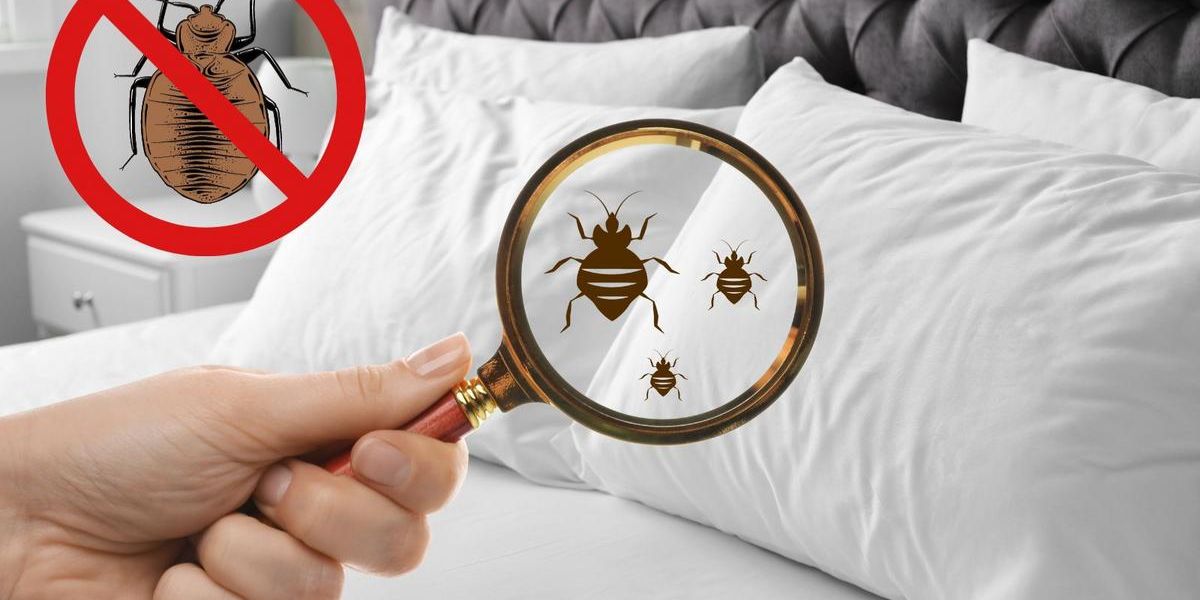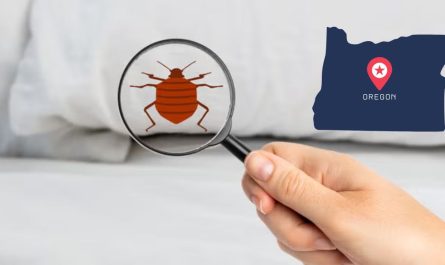Pennsylvania is grappling with a persistent and growing threat—bed bug infestations. Once thought to be a problem of the past, these resilient pests have made a strong resurgence, invading homes, hotels, and public areas across the state. Among the most affected are Philadelphia, Pittsburgh, Harrisburg, Allentown, and Reading, each confronting the issue with targeted strategies, legal measures, and public education.
Philadelphia: Ground Zero for Bed Bugs
Philadelphia consistently ranks among the top three most bed bug-infested cities in the United States, as reported by Orkin’s annual rankings. The city’s dense housing, high turnover, and active travel patterns contribute to rapid spread and reinfestation.
To address the crisis, the Philadelphia Housing Authority has partnered with Allergy Technologies to launch a $15 million, five-year program known as ATAHC. This initiative provides proactive screening, immediate treatment, and long-term monitoring in public housing communities, aiming to reduce reinfestation rates by more than 99 percent.
In addition, Philadelphia has enacted local regulations requiring landlords to address bed bug complaints promptly, use certified pest control services, and disclose past infestations to new tenants. Public outreach campaigns also help residents recognize early signs of bed bugs and adopt safe, effective removal practices.
Pittsburgh: Climbing the National Rankings
Pittsburgh has seen a notable increase in infestations, recently ranking 21st on the list of most affected U.S. cities. Contributing factors include urban density, shared living spaces, and the circulation of second-hand furniture and clothing.
Local authorities and pest control experts have focused on public awareness and early intervention. Residents are urged to inspect used furniture, maintain a clean home, and report infestations promptly. Pittsburgh’s legal system holds landlords responsible for timely remediation, while tenants are encouraged to notify property owners immediately when signs of bed bugs appear.
Harrisburg: A Growing Concern
Harrisburg is emerging as another hotspot, recently placing in the top 50 nationally for bed bug infestations. The city’s rise is attributed to shared housing, public transit, and increased population movement.
Health officials in Harrisburg recommend frequent inspections in apartments and hotels and stress the importance of using high temperatures to launder bedding and clothing, which helps kill both bugs and eggs. Public health campaigns focus on prevention through awareness and personal responsibility.
Allentown: Legal and Community Response
Allentown may not rank as high nationally, but the city faces significant local challenges with bed bugs. Municipal regulations require landlords and hotel operators to provide habitable living conditions and act quickly to address infestations.
Tenants who suffer health or financial damages due to landlord negligence may pursue legal action. Compensation can include reimbursement for medical treatment, pest control services, and replacement of damaged property. The city also promotes community involvement through education and tenant rights advocacy.
Reading: Education and Prevention
Reading has taken a proactive approach focused on education and prevention. The city’s health department provides step-by-step guides on identifying bed bugs, safely disposing of infested furniture, and using protective covers on mattresses.
Public campaigns advise residents not to leave infested furniture on the curb or in shared spaces to prevent the spread. Reading emphasizes the importance of community cooperation and safe sanitation practices to reduce the chances of infestation.
Conclusion
The resurgence of bed bugs across Pennsylvania is a multifaceted public health and housing issue. Philadelphia, Pittsburgh, Harrisburg, Allentown, and Reading are at the forefront of the fight, using a combination of regulation, education, and proactive treatment programs.
While bed bugs are difficult to eliminate, coordinated efforts among residents, landlords, pest professionals, and local governments are proving essential to control and prevent further outbreaks. The battle is ongoing, but these cities are leading the charge to protect public health and restore peace of mind to their communities.




